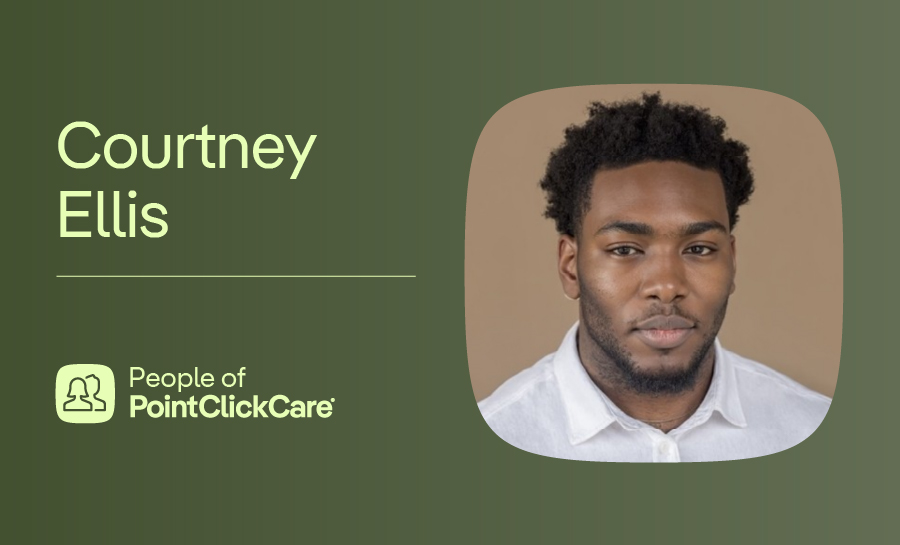We have a massive, systemic data sharing problem in healthcare.
Providers across the care continuum aren’t in conversation, and this lack of connection routinely results in blind spots in care.
Did you know that 80 percent of medical errors occur as patients transition among care settings?
And it’s not just patients who are vulnerable to risks—providers risk litigation and families risk confusion and frustration.
But it doesn’t have to be this way.
In this blog, we explore three strategies for removing blind spots in care to achieve a 360-degree view of the patient journey.
Increase Data Sharing Among Providers
The future of healthcare will be written by shared data.
Data exchange enables providers to optimize care and reduce negative outcomes clinically, financially, and organizationally.
With data exchange occurring through a secure, single source, both acute and post‐acute facilities will make faster, more confident decisions, resulting in smoother transitions of care.
Methods to increase data sharing include:
- Implement cloud‐based infrastructure that streamlines secure data exchange among all providers
- Employ health data exchange to improve communication and data transparency
- Educate staff and providers about the benefits of data exchange
Enhance Patient and Family Communication
Patient care suffers when providers ineffectively communicate with each other and with their patients. To ensure patients and their families feel involved and empowered, equip them with the information they need to make proactive care decisions.
Strategies to open the communication lines among providers and families include:
- Achieve seamless provider handover through real-time patient journey visibility
- Employ teach-back methods with family and patient
- Adopt an electronic health record (EHR) that enables true interoperability
Embrace Value-Based Care
Value-based care has long dominated the healthcare buzzwords list. However, armed with the right insights into the patient journey, this aspirational care model becomes attainable.
For success under this model, immediate point-of-care access to real-time insights into patient journey is mandatory. The right platform will enhance care transitions between visits, patient management within visits, and network optimization across visits.
The result?
- Reduced costs
- Reduced mediation errors
- Increase patient satisfaction
- Improved transitions of care
By creating a collaborative, coordinated healthcare ecosystem, transitional risks to patients, providers, and families are eliminated.







